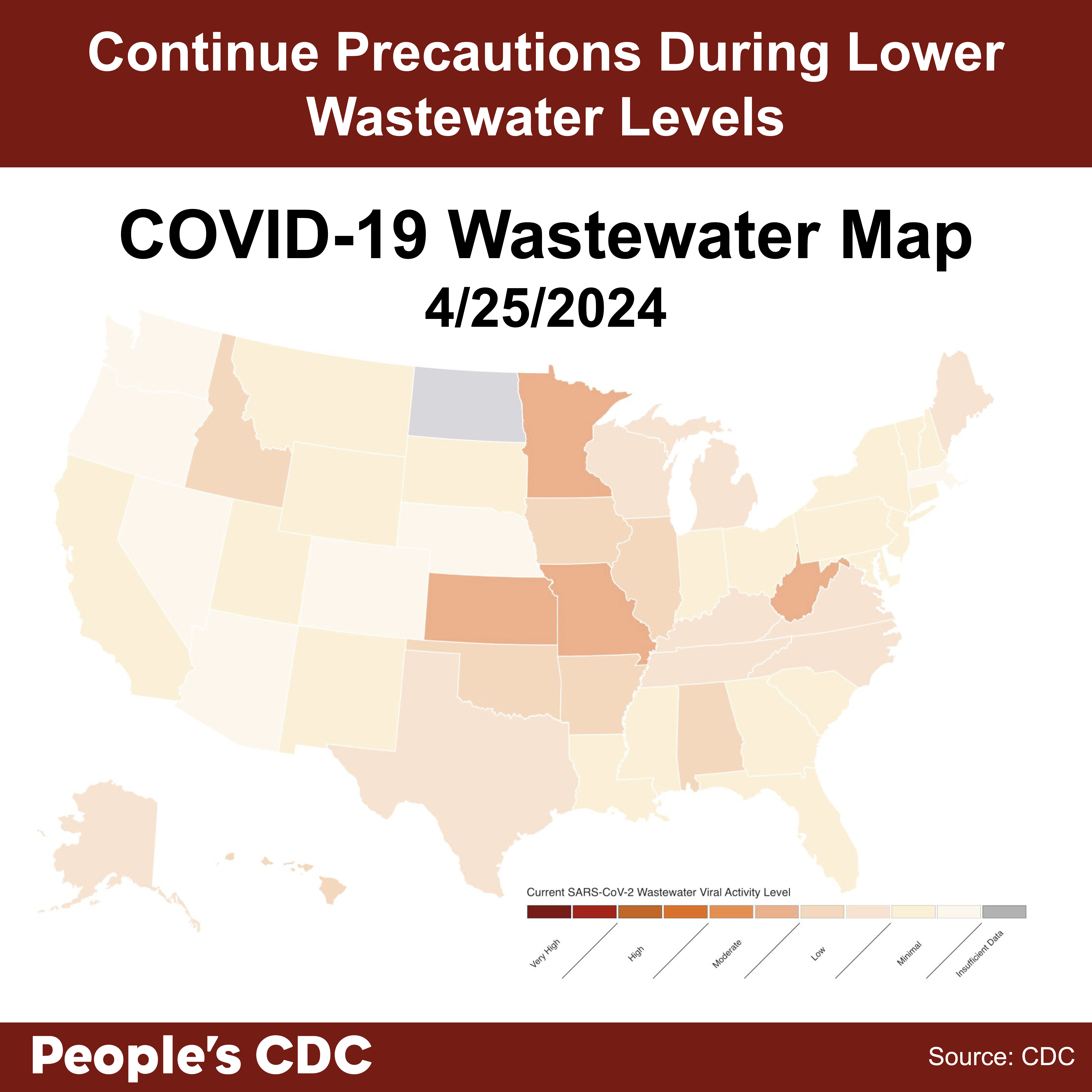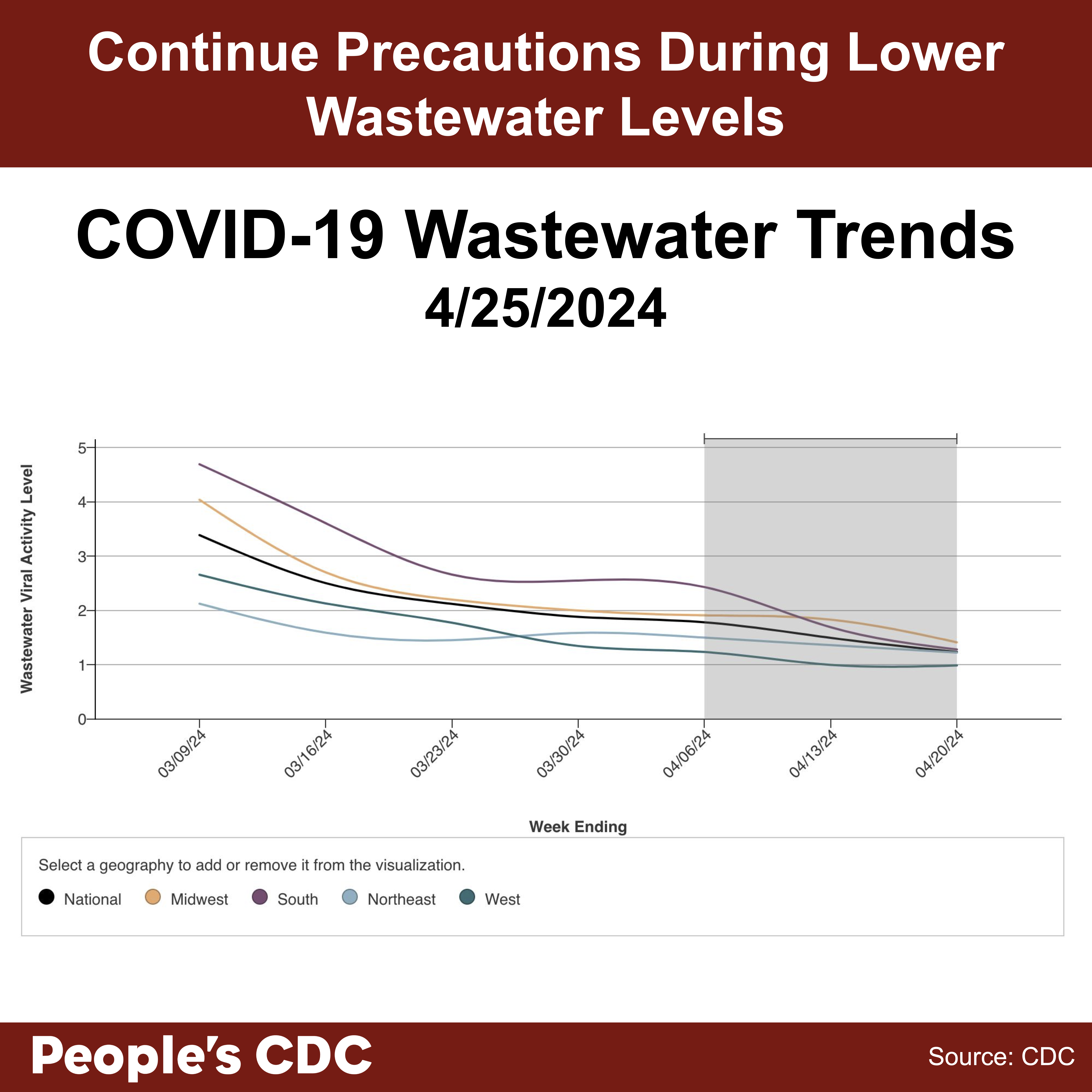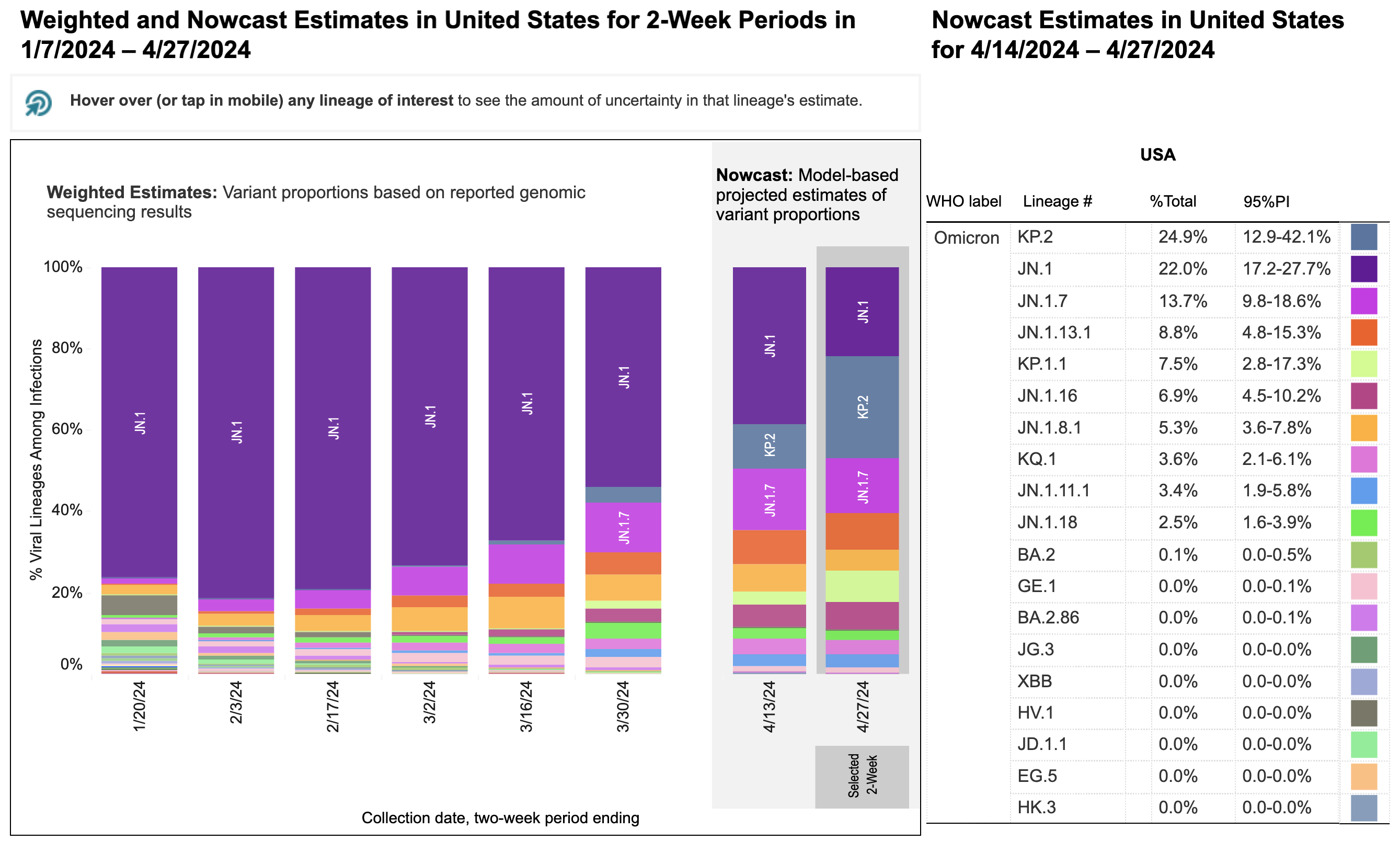Masking and Protests
In a win for community care, masks are being used broadly at recent protests on college campuses across the country, making these protests more accessible as well as showing solidarity with disabled communities. Some college campuses have attempted to ban or discourage masking at protests. University of Texas at Austin’s Provost issued a statement including a rule banning masks, and University of North Carolina’s Provost asked protestors not to mask, citing a state law from 1953 enacted in response to the KKK. Notably, the North Carolina mask law contains an amendment, introduced in 2020, to allow masking “to ensure the physical health or safety of the wearer or others” (see PDF link to the amendment).
Masking at protests must be allowed to make protests accessible for disabled and immunocompromised people, and safer for everyone. COVID and other infectious diseases can spread both indoors and outdoors, especially in crowded settings. Share our guide to accessible protests on Instagram or Substack, and also check out our statement and call to action on Palestine. Also consider supporting mask distribution efforts such as local mask blocs, which may be seeing increased demand related to protests.
Wins
Remember our allies at the University of California Academic Worker Union from our January 2023 webinar, who fought for COVID safety protections? They’re running for office this week on the executive board of UAW local 4811. Check out their slate—which includes disability justice and COVID protections—and learn how to vote here.
The Weather
The CDC’s reported COVID wastewater levels by state show “Low” or “Minimal” wastewater levels across all reporting states and territories as of April 25, with no data available from North Dakota, West Virginia, Puerto Rico, the US Virgin Islands, and Guam.

Wastewater levels across all four regions are at lower levels than this year’s fall-winter peaks, with all regions showing either a slowing of the rate of decrease or a leveling off. You can still be infected during times of lower wastewater COVID levels. Precautions including consistent masking in all public spaces are still necessary in our daily lives to reduce the risk of infection, to prevent Long COVID, and to practice community care.

Variants
The CDC’s variant tracking has been updated and now shows many JN.1 sublineages, including KP.2, JN.1.7, and JN.1.13.1. Regional variant NowCast predictions are not available as of April 26 for any US region.

Graphic source: CDC Variant Tracker
COVID Treatment
With the end of the national Test to Treat program in mid-April, we have lost an important route for affordable and convenient access to Paxlovid. Still, Paxlovid continues to be an important treatment to prevent the development of severe COVID. A few important facts about Paxlovid eligibility that people may not be aware of:
- Paxlovid can be started within 5-7 days of the start of COVID symptoms. Initially, starting within 5 days was the recommendation. The extended window for treatment is particularly important as folks may test positive later in the course of their infection, sometimes a few days after symptoms develop.
- People aged 50 and older are eligible even if they do not have other medical conditions.
- Younger people with certain medical conditions may also be eligible for Paxlovid.
The PAXCESS program may provide a Paxlovid discount from the manufacturer and provides free Paxlovid for people who receive Medicare or Medicaid and uninsured people without prescription drug benefits.
If you are infected with COVID, make sure you also talk with your doctor about over-the-counter medications or supplements you may be taking. Even over-the-counter medications can have significant risks that should be discussed in the context of your individual medical history.
COVID Prevention
An effective multilayered approach to COVID prevention should include proven measures such as masking with high-quality respirators (N95s, KN96s, KF94s or better), improving indoor air quality with ventilation and filtration, physical distancing, getting the latest vaccines, and using COVID tests appropriately. Unproven methods should not be considered part of a multilayered approach. Topical nasal products such as sprays or ointments may seem tempting but are not proven to prevent COVID infections (none are FDA approved for COVID) and may have risks. For example, Vaseline and petrolatum-based ointments can cause pneumonia if applied to the inside of the nose, as they may be subsequently inhaled where they can damage the lungs. Over-the-counter antibiotic ointments are intended to protect from bacterial infection in minor skin wounds and should not be used inside the nose. Although early research on other uses has been publicized, given the risks of petrolatum-based ointments if used in the nose, it is important to wait for larger scale studies to understand both potential risks and benefits. Colloidal silver, sometimes touted in nasal spray form, is not proven to treat or prevent any medical condition and can cause permanent gray pigmentation of the skin as well as other serious side effects. Research studies shared in the news or on social media should not be used in place of medical advice from an individual healthcare provider you trust.
While we expect masking and other multilayered precautions to remain a mainstay of prevention, we hope that further research will lead to FDA-approval/authorization of additional drugs for COVID treatment and prevention in the future.
Measles
Measles outbreaks within the US continue, with the first Wisconsin case being reported. Measles transmits through the air as well as through contact with surfaces, and is highly contagious. Now is a good time to check vaccination records for yourself and your loved ones, get any catch-up vaccinations, and check with your local healthcare provider if you are uncertain about vaccination or immunity status. In some cases, lab testing for measles immunity (antibody titers) can be helpful.
Take Action
Use MaskTogetherAmerica’s letter campaign to ask your elected officials to reinstate the Test to Treat program for free convenient COVID and influenza testing, telehealth, and treatment access.
Support science-based COVID isolation guidance from the CDC using our letter campaign to contact your elected officials or sign on to our expert letter.
If you know someone who is organizing a protest, share our guide to accessible protests with them, via Instagram or Substack.
As always, thank you for your support of COVID precautions in the ongoing pandemic. 😷
Notes: 1) The numbers in this report were current as of 4/26/2024. 2) Changes in testing access as well as data reporting have led many federal data sources to become less reliable. 3) Check out the links throughout & see our website for more! https://bej.gbh.mybluehost.me. 4) Subscribe to our newsletter: People’s CDC | Substack.
